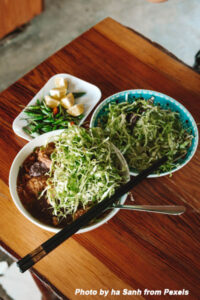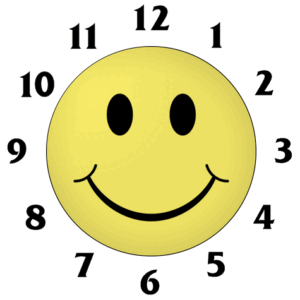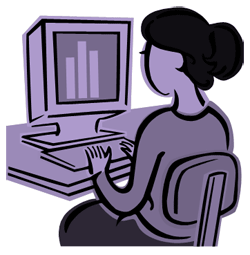 A cult of optimism has taken root in America. It puts forth the notion that you can get everything you want or need if only you believe in an outcome, think about it repetitively, and adopt an attitude that attracts it. Politicians, self-help gurus, entrepreneurs, pundits, and advertisers routinely traffic in this ideology to garner attention and support. Some Christian preachers exhort their congregations to leverage faith, positive speech, and tithing as a means of manifesting God’s will for health and material wealth. It’s a compelling message. But does it work?
A cult of optimism has taken root in America. It puts forth the notion that you can get everything you want or need if only you believe in an outcome, think about it repetitively, and adopt an attitude that attracts it. Politicians, self-help gurus, entrepreneurs, pundits, and advertisers routinely traffic in this ideology to garner attention and support. Some Christian preachers exhort their congregations to leverage faith, positive speech, and tithing as a means of manifesting God’s will for health and material wealth. It’s a compelling message. But does it work?
Dr. Gabriele Oettingen spent over 20 years researching the efficacy of dreaming and came to a startling conclusion. Positive fantasies, wishes, and dreams in and of themselves did not instigate the requisite action to realize them; they did the opposite. They exert a dampening effect on motivation. For example:
- The more folks merely fantasized about pursuing a romantic relationship, the less likely they were to attempt connection.
- The more often morbidly obese subjects simply dreamt of having a svelte body, the less weight they lost.
- The more students indulged in images of stellar performance on an upcoming exam, the poorer their actual performance.
- The more frequently students fantasized about the careers they’d have after graduation, the less success they enjoyed.
- The higher the expectations for a quick and easy recovery from surgery, the poorer the results realized during rehabilitation.
Dr. Oettingen observed people of different ages, in different contexts, in Germany and the United States. The consistent finding: positive fantasies didn’t help (and often hindered) realization of goals. She cataloged her findings in Rethinking Positive Thinking: Inside the New Science of Motivation.
So, what’s up with that?
It turns out that we have a physiological response to fantasy. Our blood pressure drops, and we move into a state of relaxation. We lose the vital energy to think critically, weigh our prospects for success, identify obstacles in our path, and put forth concerted effort to overcome them. In fact, we may revel in the theater of the mind so thoroughly that we avoid input that might disrupt our vision and prompt us to take a different path. We cling to the pleasant state that our imagination offers. We may also fool ourselves into believing that we’ve achieved our goal, a phenomenon known as mental attainment. In short, we substitute dreaming for doing!
Nonetheless, Dr. Oettingen believes dreams serve us if placed within an appropriate context. She refers to her motivational model as WOOP:
- Wish: Imagine something you’d like to achieve in your personal or professional life. It should be challenging, attainable, and deeply felt.
- Outcome: Paint a detailed picture in your mind’s eye of what it looks like after you’ve gotten your wish (or resolved your concern). Think about the events and experiences that will have transpired in getting there. Imagine how you’ll feel. Test the validity of your dream by asking: Does this outcome really resonate for me? If not, find another dream!
- Obstacle: Take a careful look at where you are today and contrast that with your desired outcome. What is holding you back from realizing your dream? Are you plagued by thoughts, attitudes, or behaviors that get in the way of success? Are there external obstacles that need to be overcome?
- Plan: Create a detailed action that carries you from point A to point B. Anticipate obstacles and have a ready strategy in place to overcome them.
Having placed a dream on the radar and made plans to realize it, you’ll pay closer attention to it as well as things that cross your path that might lead to its realization.
Of course, fantasy can play a useful role outside the realm of achievement. Should we find ourselves in places where action is not possible, we can use dreams as healing balms while imagining better days ahead. They can help us persevere during a rough patch in our lives – e.g., forced confinement while healing. They can relieve boredom when stuck in a holding pattern. And they can help strengthen our brain circuitry for skills we’re developing when we’re unable to exercise them directly – e.g., playing an instrument, flexing muscles, solving problems. Mental practice is effective when done systematically.








